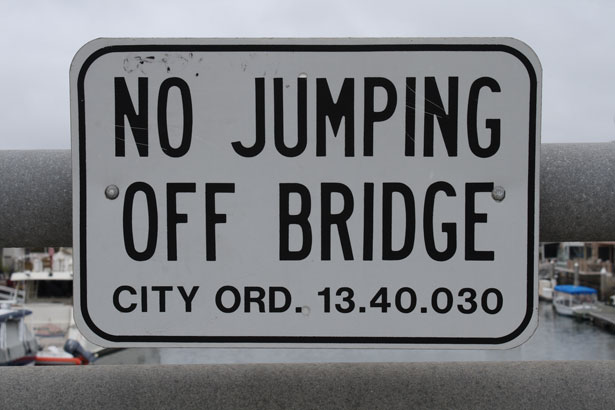Bungee Jumping in Hawaii
Bungee Jumping in Hawaii
Bungee Jumping Locations, Companies & Bridges
Bungee jumping (a.k.a. Bungy Jumping) is a popular sport but there are VERY few professional companies around. We understand the options available for bungee jumping in Hawaii are not ideal but that’s the nature of this sport. Due to the number of locations for bungee jumping in Hawaii, most people will need to travel in order to jump with a professional bungee company. If this is not a feasible option, we recommend searching for a theme park nearby which offers something similar to the bungee jumping experience. You may also consider participating in another extreme sport (such as skydiving) as locations may be more readily available.
Bungee Jumping Safety:
Modern bungee jumping is a relatively safe sport due to operators rigorously checking calculations and the bungee equipment. Injuries and death can still occur as with any sport. Many commercial operators now use full body harnesses to avoid the possibility of a jumper becoming detached from the ankle attachment.
That’s an additional step some bungee jumping operators take to ensure the safety of their jumpers. Mistakes have occurred with miscalculations and equipment errors. Injuries that occur during bungee jumping despite safety measures are upper body intravascular pressure, eyesight damage, whiplash and neck damage.

We have yet to locate a company for bungee jumping in Hawaii. Bungee Hawaii is set to open soon in Honolulu but the opening date hasn’t been announced.
Thirst for Adrenaline does the research so you can spend less time searching and more time enjoying the adventures you love. We search for bungee jumping locations but as new professional bungee companies become available and others do not have a well known presence, letting us know these locations will help grow the online adventure community. We greatly appreciate your assistance.
Are you familiar with a new or unlisted company which offers bungee jumping in Hawaii? Please recommend a location for bungee jumping.
Equipment for Bungee Jumping:
There are two types of elastic ropes used in the sport of bungee jumping: braided and unbraided. A factory produced elastic rope, used by many commercial bungee operators, is a braided shock cord consisting of many latex strands enclosed in a durable outer cover. This rope gives a harder, sharper bounce. The second type of rope consists of unbraided cords which can be home-made. This rope produces a softer, longer bounce. Many commercial bungee jumping operators use a full body harness as a backup to the ankle attachment.
Equipment for Bungee Jumping
GoPro® HD Cameras: Bungee Jumping TV Commercial – You in HD
|
Choose a city for bungee jumping in Hawaii:
|
Choose a State for Bungee Jumping:
